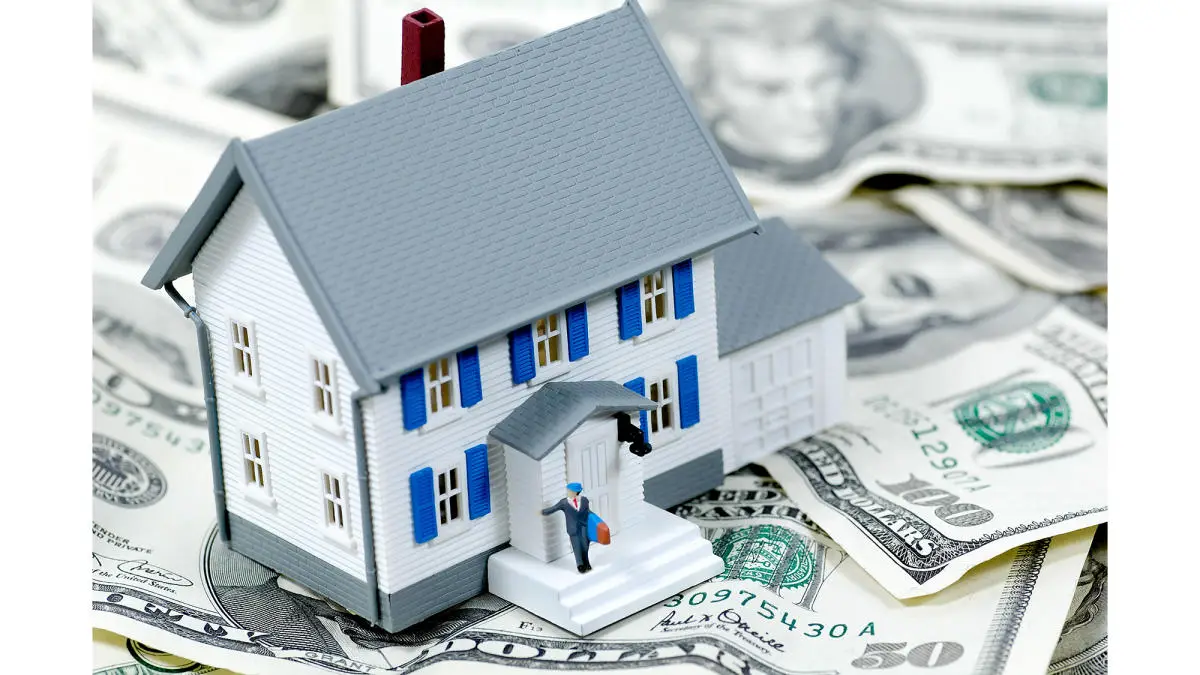Offices, warehouses, and other premises have always been considered a pillar of stable investments, capable of generating passive income and protecting capital from inflation. However, the modern market is constantly changing, offering both new opportunities and hidden risks. Before making a decision, it is important to understand whether investing in commercial real estate was worth it and what factors need to be considered for a successful investment. Let’s delve into the article.
Investment Potential and Logic
In 2024, analysts at Knight Frank recorded a 9% increase in investments in commercial properties compared to the previous period. The main flow is directed towards retail spaces, warehouse complexes, and street retail. Investors choose not the “type of property,” but the formula: investment – rent – stable income – capitalization.

When evaluating, it is important to consider the profitability of commercial real estate. For example, renting an office in the business district of Moscow (class B+) provides an annual return of 9 to 12%. In regions, it ranges from 11 to 14%, depending on the location, condition of the property, and tenant.
Pros and Cons of Commercial Real Estate: Is It Worth Investing In
The parameters of risk and benefit are not symmetrical. A formal approach does not work here – what matters is the live arithmetic of the property, business environment, and strategy.
Pros:
- High profitability compared to residential properties – 3-5 percentage points higher.
- Possibility of long-term lease with corporate tenants.
- Transparent payback – usually 7-10 years, sometimes less with successful resale.
- Manageability: rental spaces are easier to adapt to changes in strategy (reprofiling, subleasing, redevelopment).
Cons:
- High entry threshold – initial investments start from 8-12 million ₽ in million-cities.
- Dependence on the business cycle and macroeconomics.
- Vacancy risks – up to 25% of properties in small cities remain vacant for over 3 months.
- Requirements for active management – tenants often make technical and operational requests.
An objective assessment of the pros and cons forms a realistic picture of investments and helps avoid illusions at the start. Only a balanced consideration of benefits and risks provides a stable investment result.
Strategy – It’s Not “Buy and Forget”
The choice of property and goals determines not only income but also the type of management. Is it worth investing in commercial real estate? Yes, if you are ready to apply effective strategies.
These can be:
- Long-term lease. Often used in offices, production, and logistics facilities. Suitable with a large tenant. Example: leasing a logistics complex to Wildberries in the Moscow region – payback in about 8 years.
- Resale. Works in areas with a shortage of spaces in fast-growing locations. For example, from 2022 to 2024, the average market price per square meter of office space in Yekaterinburg increased by 16%. Reselling after cosmetic repairs yields a capital growth of up to 20%.
- Functional conversion. Street retail spaces are often transformed into cafes, coworking spaces, mini-offices – a strategy suitable for high foot traffic and lack of specific services.
- Mixed model. Combination of leasing and subsequent sale in 3-5 years. Used with partial occupancy or expected market growth.
Each strategy requires a clear calculation of timelines, resources, and conditions to maximize income. A flexible combination of different approaches ensures portfolio adaptation to changing market conditions and investor goals.
Is It Worth Investing in Commercial Real Estate in Terms of Profitability and Return
Analysis of each property starts with the question: what is the payback period of commercial real estate in the current market cycle? A typical 120 m² office in St. Petersburg with an average rental rate of 2,000 ₽/m²/month generates 240,000 ₽ of income per month. Annual turnover is 2.88 million ₽. With a purchase price of 26 million ₽, the payback period is approximately 9 years without considering taxes and maintenance costs.
The profitability of commercial real estate in street retail (assuming full occupancy) ranges from 10-14%. However, with an anchor tenant and effective management, it can reach up to 18%. For comparison, the average return on bank deposits in 2025 is around 9.25%.
Commercial Spaces: Details Defining Success
The property area is not just square meters but also context. 80 m² in a high-traffic location in Krasnodar will bring more profit than 200 m² in an industrial zone in Vladivostok. The formula for success is composed of location, traffic, premises condition, and tenant profile.
The most sought-after commercial properties are in locations with high traffic and developed infrastructure. For example, Taganskaya Street in Moscow provides a footfall of up to 12,000 people per day – renting space here ensures stable income with minimal vacancy risks.
It is important to consider the legal cleanliness of the property and the availability of necessary permits. Every investor must check this aspect during the comprehensive company due diligence process.
How an Investor Chooses a Commercial Property
When analyzing a project, it is important to consider not only the income potential but also alignment with goals, risk level, and management capabilities.
Checklist for assessing a business asset:
- Location: proximity to the center, transportation accessibility, pedestrian traffic.
- Type of property: office, retail space, warehouse, coworking, apartment-hotel.
- Condition: level of renovation, engineering communications, facade.
- Tenant profile: large business, local brand, service companies.
- Contractual terms: lease term, indexation, deposit, rent-free periods.
- Legal cleanliness: property ownership, absence of encumbrances.
- Yield: actual rental rate, management costs, taxes.
- Growth potential: area development, infrastructure improvement, demand.
- Exit strategy: resale period, liquidity, potential profit.
- Competition level: saturation in the location, presence of similar properties.
Precise calibration of all points allows for building a managed model with predictable income and minimized risks. An error at any stage leads to loss of liquidity and reduced profitability.
Market and Risks
Commercial real estate as an investment depends on market fluctuations. Construction pace, mortgage rates, tax burden, and consumer activity determine how stable the segment is.
The office market in Russia in 2025 shows a modest growth of 3.7%. Meanwhile, the warehouse real estate segment remains in demand: Amazon, Ozon, and Wildberries continue to expand their logistics spaces.

The main risks include vacancy, inflation, reduced tenants’ purchasing power. Property management requires a professional approach: from sound contract negotiation to regular technical maintenance.
So, Is It Worth Investing in Commercial Real Estate?
So, is it worth investing in commercial real estate? The answer depends on your goals, planning horizon, and readiness to actively manage the process. Commercial properties are not just spaces but assets that generate income, requiring a clear strategy and in-depth analysis. Without a clear plan and market understanding, even the most attractive location does not guarantee profit.
 en
en  ru
ru  de
de  ar
ar  es
es  nl
nl  hi
hi  fr
fr  it
it  pt
pt  el
el 



